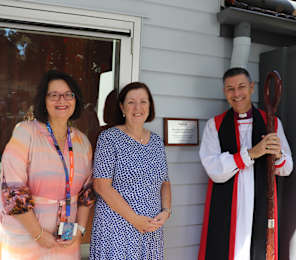Fiona Somerville (pictured below top) and Louise Greene (pictured below bottom) from the specialist aged care advisory group also got in touch to share their thoughts – namely, that the market for respite days, operational places and permanent residents has grown year on year nationally and in all states and territories apart from Tasmania and ACT which had a very small decrease in permanent residents between 2018 and 2019.
They say that a deeper dive is needed into the decline in occupancy.
Check out their graph at the top.
“The number of operational places increased by 9% between 2016 and 2019 whilst the number of permanent residents grew by 4%,” they say. “So, if the number of operational places increases by 17,572 in a four-year period and the number of permanent residents grows by 6,716, declining occupancy rate is a function of mathematics. In all jurisdictions other than the ACT and NT the growth rate of operational places more than doubled the growth in the number of permanent residents.”
It is obvious from this snapshot that the number of people entering residential care permanently per thousand is growing slower than the number of new beds. So did the Government have it wrong? Or did the operators building the beds have it wrong?
The growth in respite care would be one factor – as would the number of beds that are offline due to refurbishment or because they are in shared rooms that are no longer being used.
Louise and Fiona put the figures down to poor analysis and feasibility planning by providers when developing the business case for the expansion of an existing facility or development of a new one.
They say this is also not helped by the Government’s planning ratios which looks at the proportion of the population aged 70-plus rather than demand based on usage and forecast population growth in an area.
“Providers who are concerned about occupancy need to carefully look at their market, the product, their offer, their relative competitive position, and their engagement and sales process. Where a carefully developed and well executed market plan based on robust analysis, tailoring the product to market and support and mentoring of key staff is implemented, sustained results are achieved.”
“Just employing a salesperson [the measure being taken in yesterday’s story], purchasing an App or sales tool or spending money on advertising will not achieve improved sustained occupancy.”
There is one number you can rely on though: by 2047, it is forecast that there will be 1.5 million Australians aged over 85 – and they will require aged care services.









